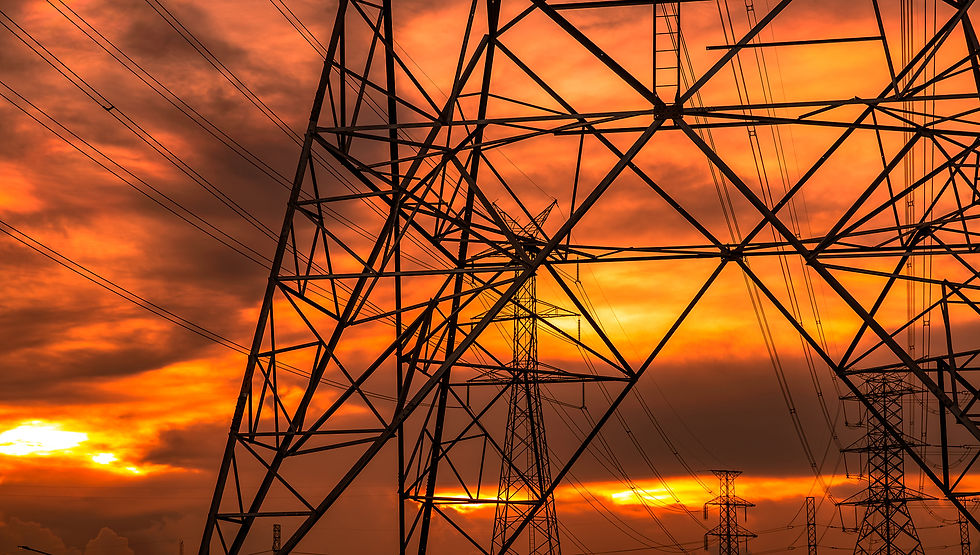What a different world
- vepcentre
- Sep 24, 2019
- 2 min read
Updated: Oct 22, 2019

Bruce Mountain, Director, VEPC
Every now and again something crosses my desk that really gives pause for thought. Earlier this morning it was a fascinating article in a newsletter published by Cornwall Insights, a British consultancy. The article examined the price that British energy supplier, Ovo, paid per customer to acquire fellow supplier SSE Energy Services. The article compared this to the price that Mitsubishi paid to acquire a 20% share in Ovo. In summary Ovo paid about GBP90 per customer to acquire SSE Energy Services. By comparison, Mitsubishi paid more than 4 times this amount per customer to acquire a 20% share in Ovo earlier this year.
This is fascinating. Ovo started out 10 years ago. SSE has been in business for many decades – being the merger of privatised distributors and retailers in Scotland and England – and was known as one of the “Big Six” energy suppliers in Great Britain. It has about 3.5 million customers. So, SSE has more customers than AGL, by far the biggest energy retailer in Australia.
If you were looking for an Australian parallel to Ovo’s acquisition of SSE, it would be a new entrant retailer that started a decade back, acquiring AGL’s retail business. Now there are in fact no such new entrant retailers in Australia, but Powershop (now in its eighth year in Australia) comes closest. Could you imagine Powershop buying AGL’s retail business in two years’ time, and paying as little for it as Ovo paid for SSE? Inconceivable, surely.
It is also fascinating how very different the winning formula looks in Great Britain compared to that in Australia. Ovo’s web page has not a single mention of prices or a claim that they charge less than other retailers. The first messages you see when you log on to the Ovo web site is “Now’s the time for change: The climate crisis is humanity's greatest challenge. But by working together to lower our collective carbon emissions to zero, we can fight it. We’ve got the green energy and technology you need to kick carbon. And the more of us there are, the faster we'll reach net zero.” By comparison, our analysis of the main message on the web pages of Australia’s energy retailers – both the incumbents and new entrants – is price, price, price. Evidently in Australia this is the winning formula and yet our research, based on last year’s bills, finds that customers are actually not very good at finding the best deals.
The British were amongst the first to fully deregulate their retail electricity markets (in 1998). We followed suit in Victoria, eleven years later. There is a reasonable amount of water under the bridge both there and here. Yet the markets look so very different and outcomes there are inconceivable here. Why is this? What role has regulation and market design played in this? How else might such a large gap be explained?
A couple of months ago, Ovo was granted a licence to sell electricity in contestable markets outside of Victoria. Should AGL and its fellow incumbents be getting scared? Hmmm, I doubt it.




Comments